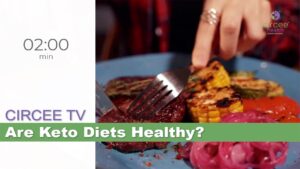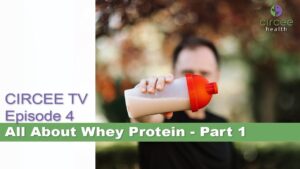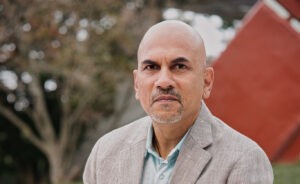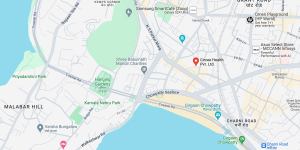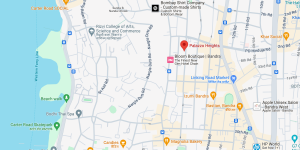An honest question from a Friend: “How come another study in a Blog/Website/Facebook post, directly contradicts what you all are saying. A new “study” proving the exact opposite of your advice! Come on now. Why should I believe you”??!
Our response: Let’s first understand what is going on with these so called studies. We don’t even need to raise a finger to get answers, right? Just ask Siri, or Google and… BAM! These days, anyone is an expert in whatever information we were looking for. The same search tool we have on your hand, is also available to the so-called journalists. So guess what they do – yup – Google it, and write an “expert” opinion/study in a lay-friendly language (for they don’t speak in scientific terms anyway) and title it something that will get our attention (so that we’ll visit the page and click on the ads there). We read it; it is easy to understand and we absorb it, fully. The problem comes in two fronts.
- It is not the full story and
- It has observer bias (meaning, it is tilted towards the writer’s pre-assumed conclusion)
The same bias is applicable to us too. So suppose I am already thinking that coffee is good for me. Then, I will read the “coffee = good” blogs/articles with more interest, and may even skip over sites that say otherwise. This is just human nature! We can’t help it.
This is where science can help.
A true scientist starts with an assumption and then tries to prove it. If the proof goes in the other direction, she presents the findings anyway and then tries to understand where she went wrong! In other words, the scientist tries to remain detached from the results. Of course, there are famous examples of deceitful (so called) scientists out there too.
Coming back to the blog article about coffee, there is another problem – that of fickleness – one day we find a study that says coffee is good, the next, coffee is bad. So what do we do? When we try to make sense of conflicting information, we just land up throwing everything up in the air, and going with our “gut feeling” or think that “Science” will always provide conflicting studies, right? Wrong!
Pure science doesn’t work this way! Pure science has three very distinct characteristics:
- It is unbiased because the study author gives her data to a third party.
- The third party (often her peers) check the findings before allowing it to be published and,
- Research slowly builds up. e.g. one person found that fat causes heart disease, after a few years, another found out the type of fat, after a few more years, yet another found out the sub-type of fat, etc.
To recap, when a study is published in a peer-reviewed journal, the study has already had at least a dozen other, unrelated peer scientists taken a good look at the data and decided that the data gathering, the experiments, the methods, etc. used were correct.
None of this happens to a blog post! The next time you read an article making health claims, think twice before adopting it. Most likely, there is very little merit to it.
Look at us – I used to love meat and Jenny used to love dairy! Yet, as scientists we try and stay unbiased and follow what pure science says. The result of this is in front of you in the slow, steady improvement of our health.
If all this fails to convince you, remember this – when you need a transmission fixed in a car, you don’t research it and fix it yourself. You go to the expert. So, come to us, and we will help you separate (as they say), wheat from the chafe.
Here’s to your health!
Patient Success Story #45- Mr. V

Mr. V is a 79 year old Filipino gentleman. Before he made some lifestyle changes, he was a great example of a ‘skinny-fat’ Asian! He initially had a normal BMI [body mass index – rough measure of how fat you are] of 25, but a look at his blood work would suggest that he wasn’t as healthy as he looked! He had type 2 diabetes for several years, as well as high blood pressure, high cholesterol, gout, and some early evidence of plaque in his carotid (neck) arteries – an indicator of possible heart disease or stroke, if left unchecked.
